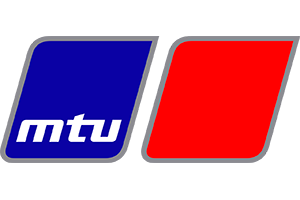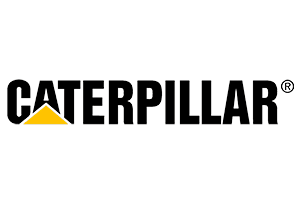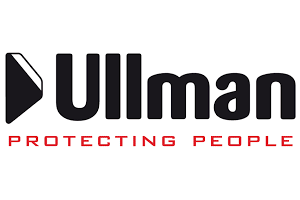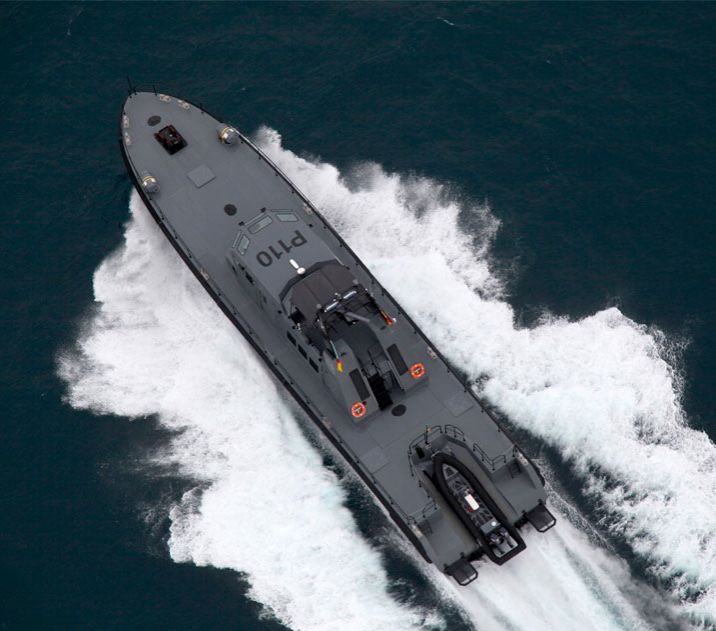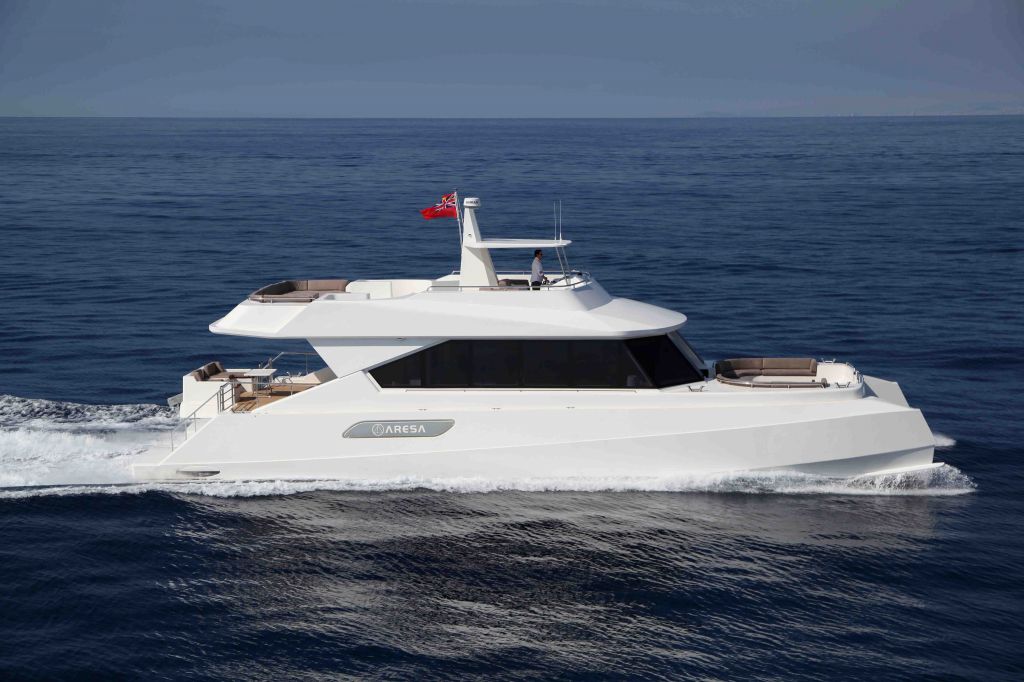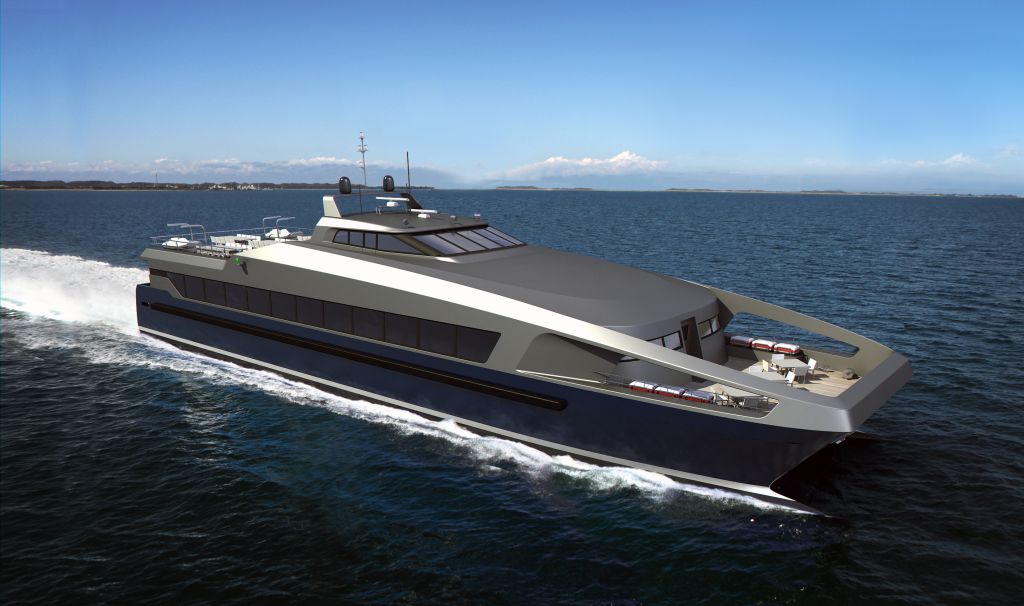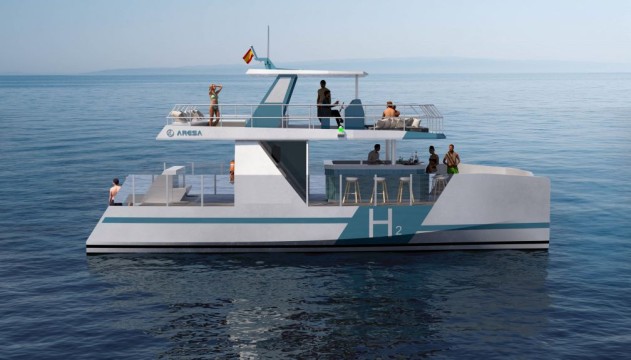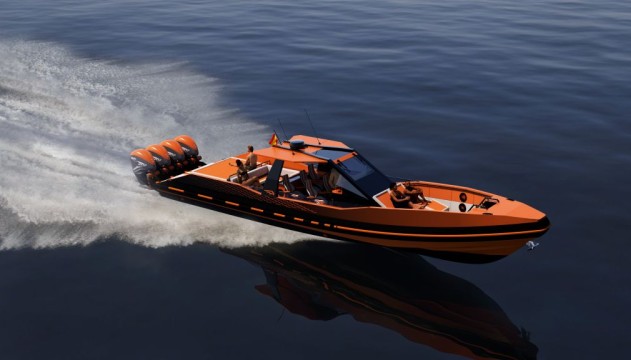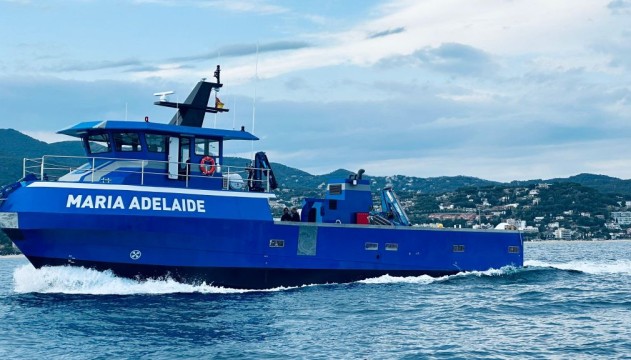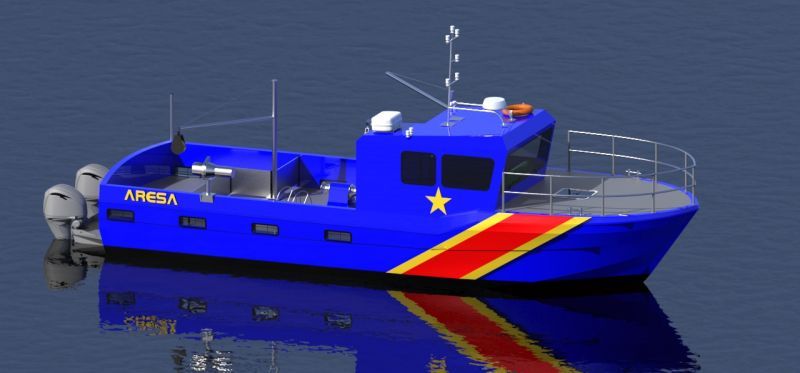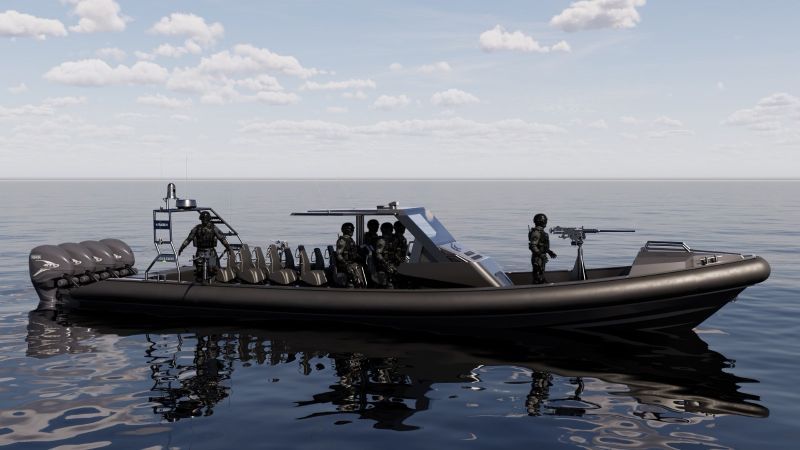Experience Innovation Value
The keys that define ARESA SHIPYARD
Since 1961
60 years of history.
Aresa Shipyard
New products
0 m²
Production Center
+ 0
Vessels built since 1961
0 years
Building boats
0 years
International Experience
25 Countries | 4 Continents
International presence
ARESA SHIPYARD is a leader in the international shipping industry with over 30 years' experience in the international market.
- Headquarters
- Local agent
- Commercial presence
Latest news
together
we are stronger
we are stronger
We collaborate with the Best known brands in the Naval and defense markets with the aim of providing our platforms with the most advanced degree of Technology and equipment for naval defense.
